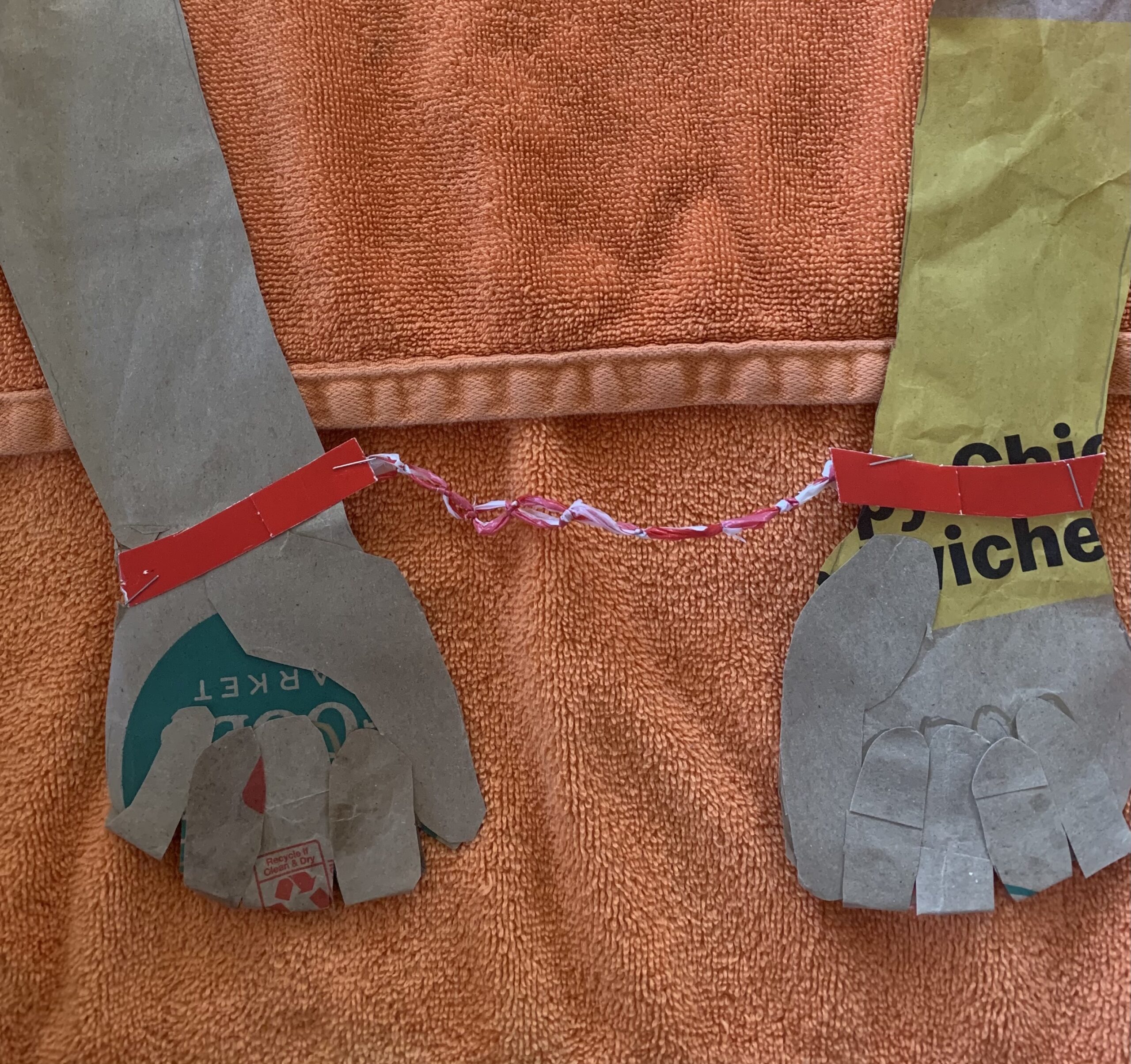To find contemporary slavery, one does not have to look far. It can be found right in the United States. The Thirteenth Amendment abolished slavery, except as a form of punishment. When emancipation led to Southern farmers losing their slaves, there was an increased demand for cheap labor. The provision allowing slavery in cases of punishment provided former Confederates with a loophole to continue enslaving, leading to white Americans “[convicting] newly freed Africans of minor offenses and then, as prisoners or indentured, [using them] as cheap (free) labor for industrial capitalists” (Shawna et al. 2010). The emancipation of slaves led to a desire for control over former slaves and cheap labor, both of which incentivized using prisoners as laborers.

In the past few decades, the number of incarcerated Americans has soared, leading to an expansion of prison labor. Since 1970, the US’s incarcerated population increased by 700% up to 2.3 million people (ACLU 2020). The rise in incarceration has been largely attributed to the War on Drugs which began in the 1970s (Howard Law Library). Increasing the number of police officers in predominantly black neighborhoods and the sentencing disparity between powder cocaine and crack cocaine led to a disproportionate number of imprisoned people of color. About 39% of inmates are Black, despite Black Americans making up 12.2% of the general population (Federal Bureau of Prisons 2021).
As prison populations rise, the market for prison labor follows. In most prisons, working is mandatory, with prisoners making about 12 to 40 cents an hour working for the prison and about 23 cents to $1.15 per hour in federal prison factories (Federal Bureau of Prisons 2021). An increasing amount of prisoners work for private companies, making 90 cents to $4 a day to create goods and services, from which large corporations profit (Shabazz).
- McDonald’s and Wendy’s rely on prison labor, with inmates processing beef for patties as well as bread, milk, and chicken products
- Starbucks’s subcontractor Signature Packing Solutions hires Washington state prisoners to package holiday coffees
- Wal-Mart uses inmates to remove UPC barcodes so that items can be resold
- Cellphone service providers like Sprint and Verizon utilize inmates to provide telecommunication services for customers
- JC Penney and Victoria’s Secret sell items sewn by inmates.
- Whole Foods and Target sell items from companies that employ inmates.
(Malta Justice Initiative)
Companies’ exploitation of prisoners is essentially modern slavery, and it is important to recognize the role which everyday products play in this problematic system.
Works Cited
“A Brief History of Civil Rights in the United States: The War on Drugs and Mass Incarceration.” HUSL Library. https://library.law.howard.edu/civilrightshistory/blackrights/massincarceration.
“Correctional Populations in the United States, 2013.” Bureau of Justice Statistics (BJS),
www.bjs.gov/index.cfm?ty=pbdetail&iid=5177.
D., Shawnna, et al. “Slaving in Prison: A Three-Part Indictment.” Interrupted Life: Experiences of Incarcerated Women in the United States, edited by Rickie Solinger et al., 1st ed., University of California Press, 2010, pp. 321–325. JSTOR, www.jstor.org/stable/10.1525/j.ctt1ppk74.72. Accessed 25 Feb. 2021.
Decker, Charles. “Time to Reckon with Prison Labor.” Institution for Social and Policy Studies. https://isps.yale.edu/news/blog/2013/10/time-to-reckon-with-prison-labor-0#:~:text=According%20to%20the%20Federal%20Bureau,for%20private%20companies%20as%20well.
Dolovich, Sharon. “State Punishment and Private Prisons.” Duke Law Journal, vol. 55, no. 3, 2005, pp. 437–546. JSTOR, www.jstor.org/stable/40040524.
“Federal Bureau of Prisons.” BOP Statistics: Inmate Race.
https://www.bop.gov/about/statistics/statistics_inmate_race.jsp.
“Mass Incarceration.” American Civil Liberties Union. https://www.aclu.org/issues/smart-justice/mass-incarceration.
Shabazz, Rahiem. “12 Major Corporations Benefiting from the Prison Industrial Complex.” Malta Justice Initiative, maltajusticeinitiative.org/12-major-corporations-benefiting-from-the-prison-industrial-complex-2/.
“The Prison Industrial Complex.” Inside Private Prisons: An American Dilemma in the Age of Mass Incarceration, by Lauren-Brooke Eisen, Columbia University Press, New York, 2018, pp. 68–78. JSTOR, www.jstor.org/stable/10.7312/eise17970.8.
West, Oswald. “The Problem of Prison Labor.” The Annals of the American Academy of Political and Social Science, vol. 46, 1913, pp. 45–53. JSTOR, www.jstor.org/stable/1012365.
